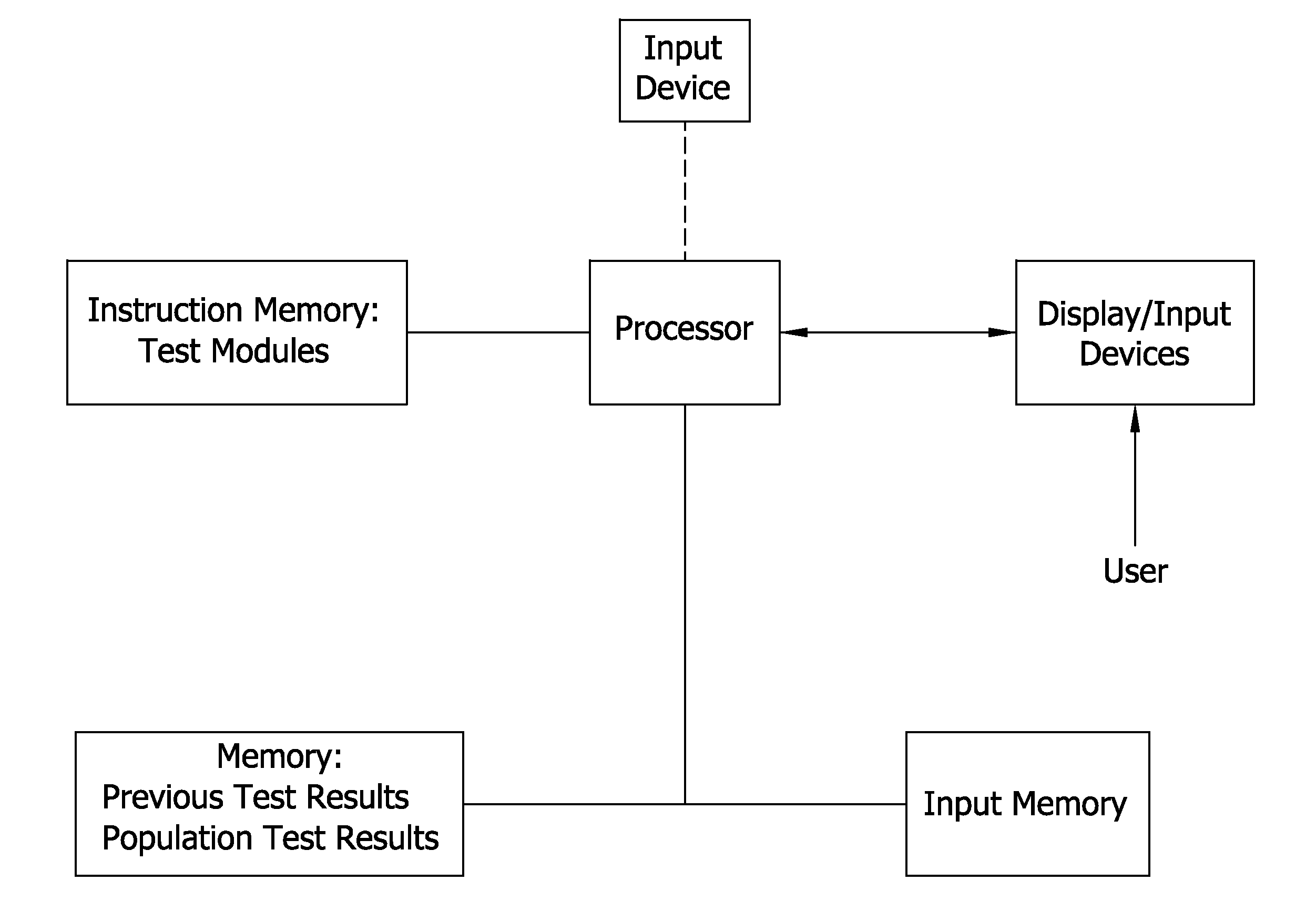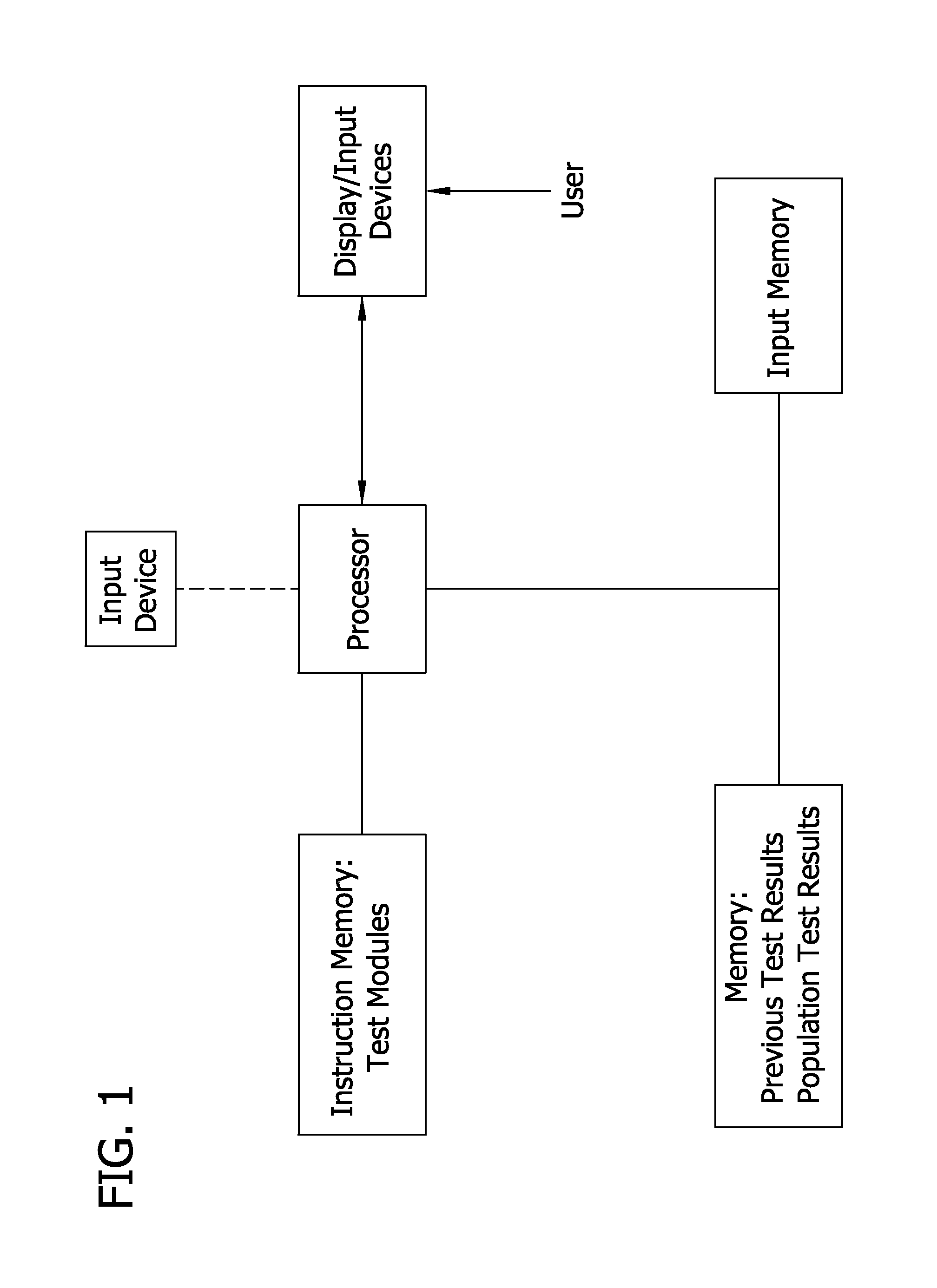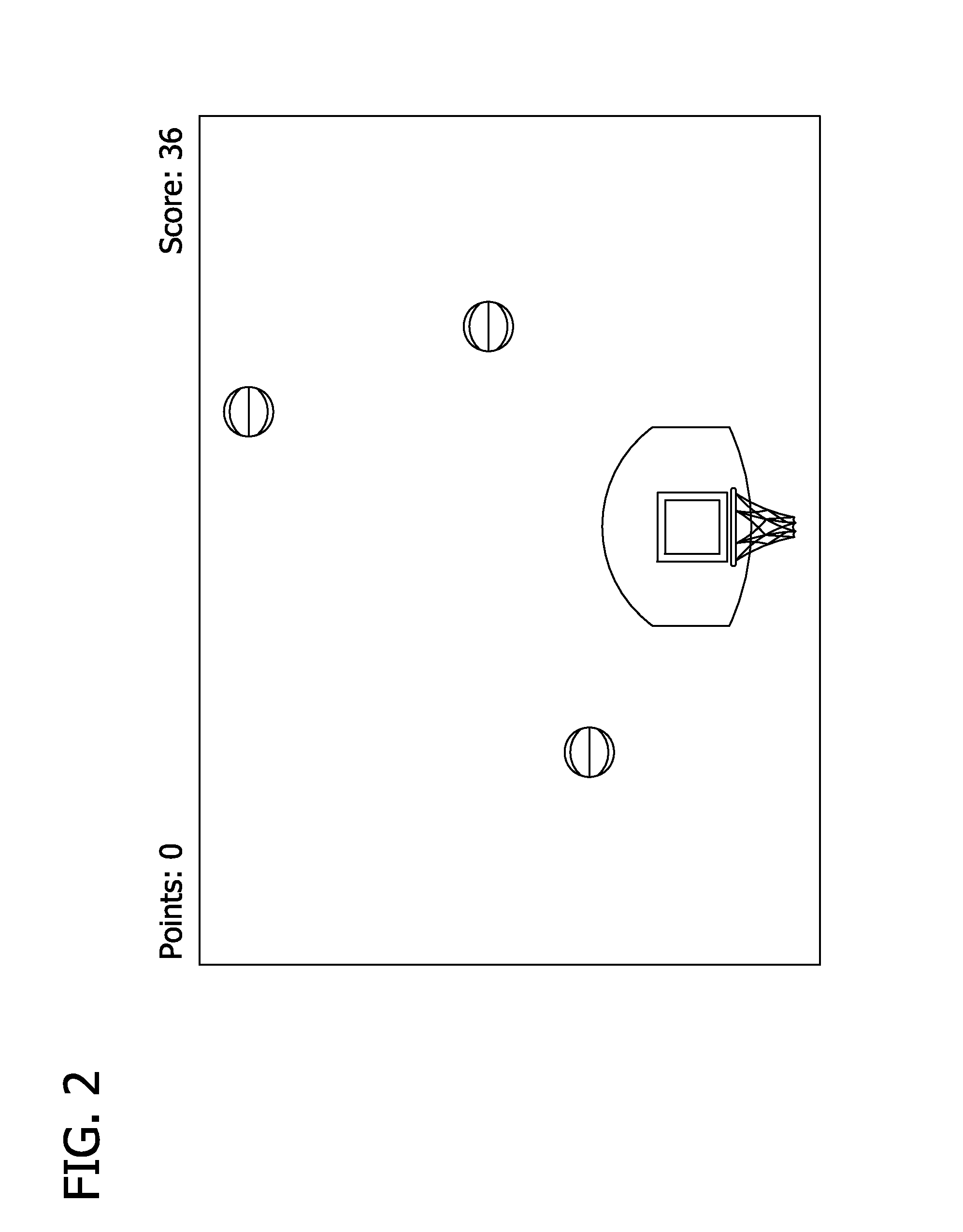Computer-executed method, system, and computer readable medium for testing neuromechanical function
a neuromechanical and computer-executed technology, applied in the field of neuromechanical function testing methods, systems and mediums, can solve the problems of unreliability of single-test reliability, inability to calculate or estimate the influence of results with any degree of certainty, and inability to use single-test reliability as the basis for medical judgments
- Summary
- Abstract
- Description
- Claims
- Application Information
AI Technical Summary
Benefits of technology
Problems solved by technology
Method used
Image
Examples
example
[0202]The following non-limiting example is provided to further illustrate the present invention.
[0203]FIG. 6 depicts a computer- or web-based test of one embodiment of the present invention, which features a series of test modules. The test includes 25 test modules which are rendered sequentially for subject input or display to the subject.
[0204]Module 1 is a Registration / Pre-test Questionnaire module which requests a subject to input various personal information, information relating to any injuries, etc.
[0205]Modules 2 and 3 are the initial display portions of the Delayed Figure and Word Recall (Static Display) modules, respectively. In these modules, a group of figures and a group of words are rendered (displayed) to the subject as previously described herein in the Object Recall Static Display Test Modules section.
[0206]Module 4 is a Dodge Ball Game which is an example of an avoidance test module as previously described herein. FIG. 3 provides an illustrative screen shot of the...
PUM
 Login to View More
Login to View More Abstract
Description
Claims
Application Information
 Login to View More
Login to View More - R&D
- Intellectual Property
- Life Sciences
- Materials
- Tech Scout
- Unparalleled Data Quality
- Higher Quality Content
- 60% Fewer Hallucinations
Browse by: Latest US Patents, China's latest patents, Technical Efficacy Thesaurus, Application Domain, Technology Topic, Popular Technical Reports.
© 2025 PatSnap. All rights reserved.Legal|Privacy policy|Modern Slavery Act Transparency Statement|Sitemap|About US| Contact US: help@patsnap.com



